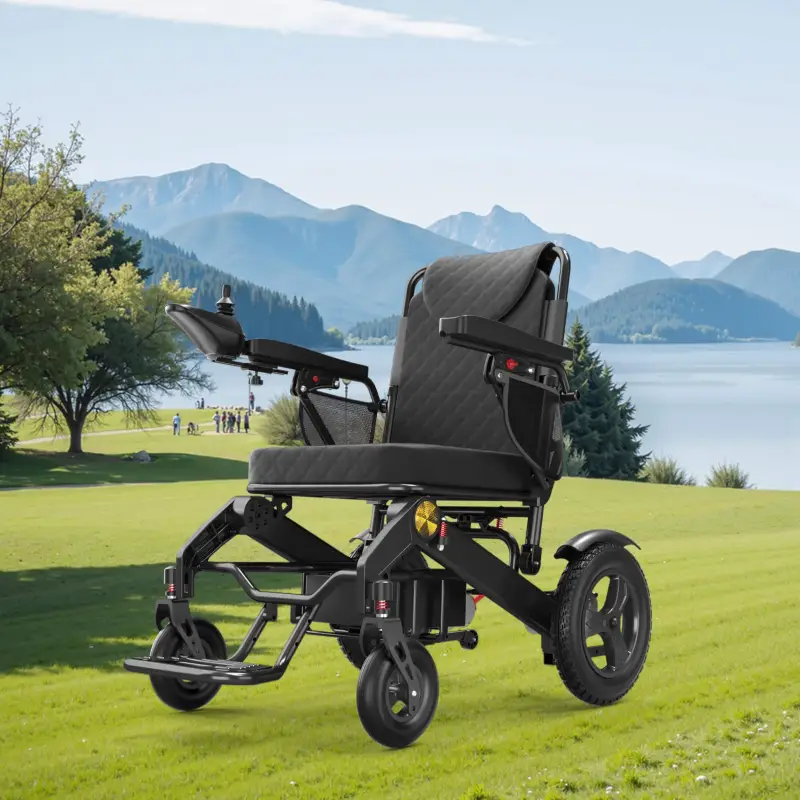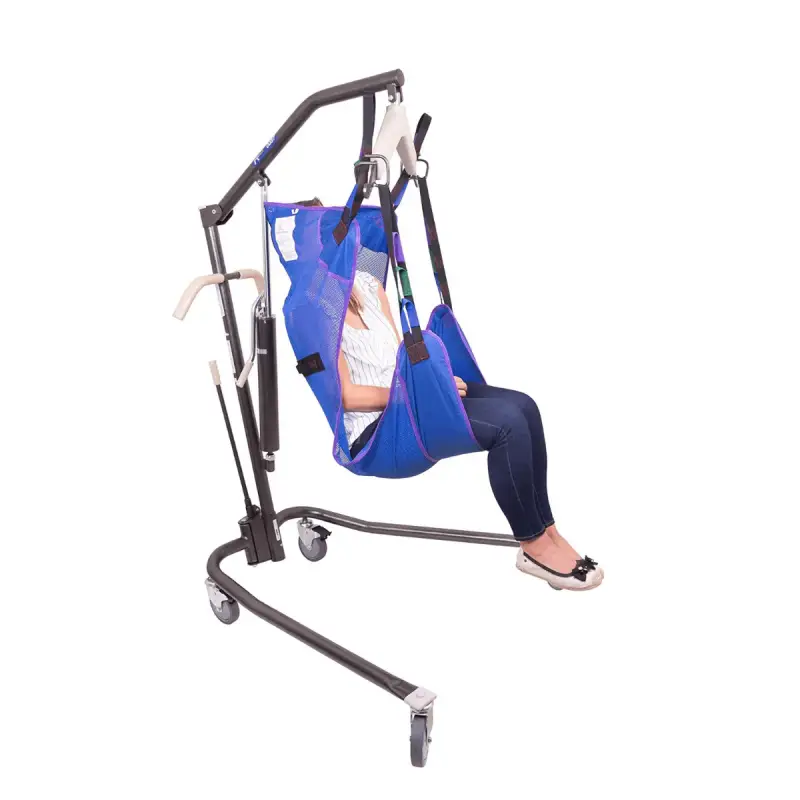
Support and Help people living with ALS
What is ALS?
ALS, or amyotrophic lateral sclerosis, is a progressive neurodegenerative disease that affects nerve cells in the brain and spinal cord.
Motor neurons reach from the brain to the spinal cord and from the spinal cord to the muscles throughout the body. The progressive degeneration of the motor neurons in ALS eventually leads to their demise.
When the motor neurons die, the ability of the brain to initiate and control muscle movement is lost. When voluntary muscle action is progressively affected, people may lose the ability to speak, eat, move and breathe.
The motor nerves affected when you have ALS are the motor neurons that provide voluntary movements and muscle control. Examples of voluntary movements are making the effort to reach for a smartphone or step off a curb. These actions are controlled by the muscles in the arms and legs.
- For about 90% of all cases, there’s no known family history of the disease or presence of a genetic mutation linked to ALS.
- For 5-10% of all cases, there’s a known family history of the disease. This is often called familial ALS.
In families with familial ALS, there is a 50% chance each offspring will inherit the gene mutation and may develop the disease.
For unknown reasons, military veterans are more likely to be diagnosed with the disease than the general public.
Symptoms
ALS is a disease that typically involves a gradual onset. The initial symptoms of ALS can be quite varied. One person may have trouble grasping a pen or lifting a coffee cup, while another may experience a change in vocal pitch when speaking.
The progression rate of ALS can be quite variable, as well. Although the mean survival time with ALS is two to five years, some people live five years, 10 years or even longer.
Symptoms can begin in the muscles that control speech and swallowing, or in the hands, arms, legs or feet. Not all people with ALS experience the same symptoms or the same sequences or patterns of progression. However, progressive muscle weakness and paralysis are universally experienced.
A gradual onset of progressive muscle weakness – which is generally painless – is the most common initial symptom of ALS. Other early symptoms vary but can include tripping, dropping things, abnormal fatigue of the arms and/or legs, slurred speech, muscle cramps and twitches and uncontrollable periods of laughing or crying.
When the breathing muscles become affected, people with the disease will ultimately need permanent ventilatory support to assist with breathing.
Since ALS attacks only motor neurons, the senses of sight, touch, hearing, taste and smell aren’t affected. For many people, muscles of the eyes and bladder are generally not affected.
Stages of ALS
Once ALS starts, it almost always progresses. Most people with ALS eventually lose the ability to walk, dress, write, speak, swallow and breathe, and their life span is shortened.
Early symptoms of ALS often include muscle weakness or stiffness. Progression of weakness, wasting and paralysis of the muscles of the limbs, trunk, and those that control vital functions generally follows.
What differs most for every person is how fast and in what order symptoms and progression occur. And, while the average survival time is three years, about 20% of people with ALS live five years, 10% survive 10 years and 5% live 20 years or longer.
Progression isn’t always a straight line in an individual, either. It’s common to have periods lasting weeks to months with very little or no loss of function.






Donation by Mail
Raintree life source foundation
16801 NE 89th Street, #R
Redmond WA 98052
Donation online Zelle to
Raintree life source foundation at

